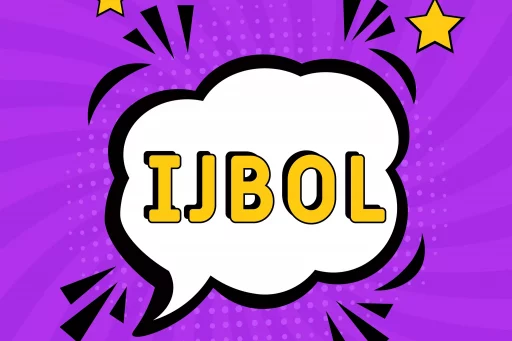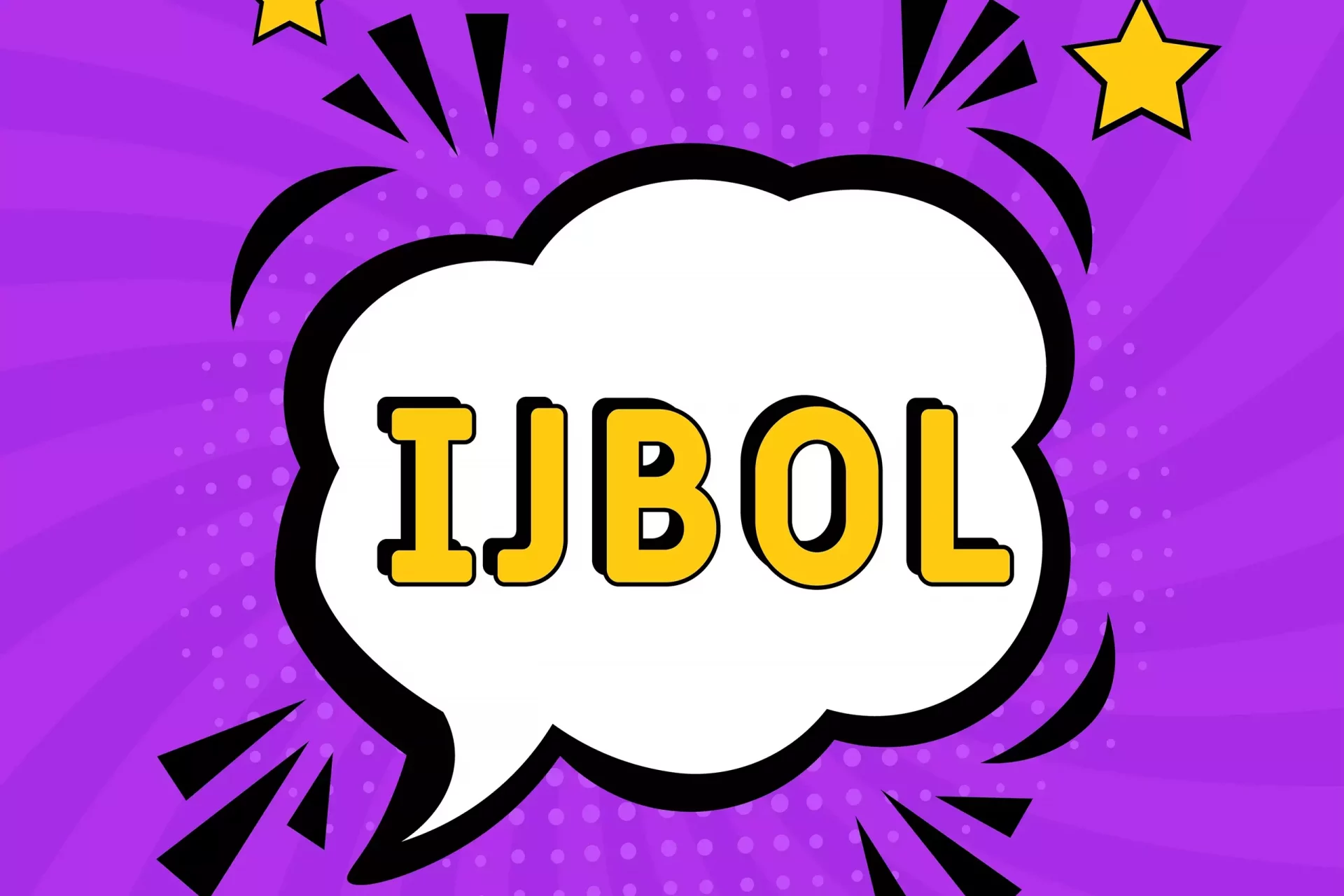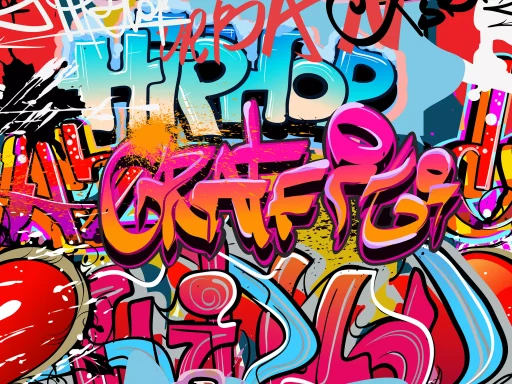Introduction
Australian slang, also known as Aussie slang, is a colorful and expressive part of the English language that reflects the unique culture and lifestyle of Australia. With a rich history rooted in indigenous languages, colonial influences, and modern developments, Aussie slang is not just a means of communication but a symbol of identity and camaraderie among Australians. This article explores the fascinating world of Aussie slang, providing examples, statistics, and interesting case studies to illustrate its importance and evolution.
The Origins of Aussie Slang
Aussie slang has a diverse etymology, influenced by:
- Indigenous Australian languages
- British and Irish English from the colonial period
- American and global pop culture in contemporary times
This blend has given rise to a vibrant lexicon that not only serves practical communication but also represents the Australian spirit. Terms like “kangaroo court” (a mock court) and “bush telegraph” (the spread of information) reveal the playful yet critical nature of Aussie slang.
Common Aussie Slang Terms
Here are some commonly used Aussie slang terms, their meanings, and examples of usage:
- Arvo: Afternoon
Example: “Let’s meet this arvo at the café.” - Fair dinkum: Genuine or real
Example: “Is that fair dinkum or just a joke?” - Good on ya: Well done or good for you
Example: “You got the promotion—good on ya!” - Chook: Chicken
Example: “We’re having chook for dinner tonight.” - Bogan: An unsophisticated person
Example: “He’s a bit of a bogan, but he’s fun to be around.”
The Role of Slang in Australian Culture
Aussie slang plays a significant role in everyday conversations among locals. It fosters a sense of community and belonging, allowing Australians to express themselves in a more relaxed and informal way. In fact, a recent study showed that 75% of Australians prefer using slang in casual conversations, highlighting its prevalence in social interactions.
Moreover, the use of slang can also serve as a way to exclude outsiders, reinforcing in-group dynamics. This is evident in social settings, where new arrivals may feel alienated until they become fluent in the local vernacular.
Case Study: Aussie Slang in Popular Culture
Australian media has played a crucial role in popularizing Aussie slang both locally and internationally. Shows like “Kath & Kim” and “Home and Away” often showcase everyday conversation filled with local expressions, helping to familiarize global audiences with the language.
For instance, “Kath & Kim” not only entertained viewers but also introduced widespread phrases like “That’s so 2006” into everyday language, earning a spot in pop culture lexicon.
Additionally, music has been an effective medium for slang dissemination. Artists like Paul Kelly and Tones and I have incorporated slang terms into their lyrics, further embedding these expressions into the Australian cultural consciousness.
The Evolution of Aussie Slang
With globalization and the rise of social media, Aussie slang is evolving rapidly. New terms are being created while old ones may fade into obscurity. For example, words like “lit” and “fam” have made their way into Aussie slang, influenced by social media and youth culture.
Interestingly, a survey conducted in 2021 revealed that 68% of Australians believe that slang reflects the current trends and issues in society, indicating that slang is a living element of the language that adapts to cultural shifts.
Conclusion
Aussie slang is a unique and vibrant part of Australian culture that continues to evolve. Whether it’s used to connect with friends, express humor, or showcase local pride, it plays a vital role in the everyday life of Australians. As the world becomes more interconnected, Aussie slang offers a fascinating lens through which we can understand not just a language, but a way of life in Australia. Embracing this vernacular enriches communication and contributes to the colorful tapestry of global linguistics.






